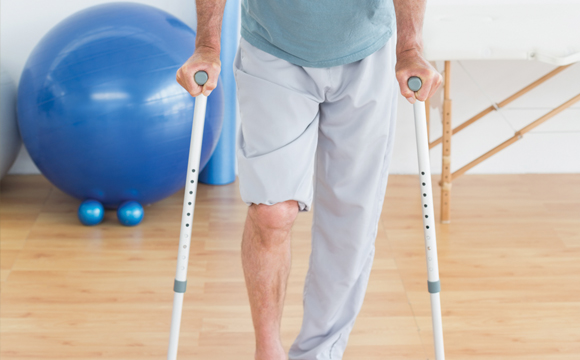Elevating the discipline of workplace optimization is critical for implementing workspaces that promote physical well-being and work output. Workplace ergonomics is the methodology of designing work environments, equipment, and functions to accommodate the capabilities of employees. By emphasizing how users utilize their workspace, businesses can alleviate discomfort and prevent repetitive stress disorders. An ergonomic workspace enables fluid movement and lessens strain, which can result in improved work satisfaction and engagement among staff members.
One foundational component of human factors design is the organization of furniture and equipment. Desks should be at a height that enables users to sit with their forearms at a 90-degree angle while inputting data. Seating options should offer proper lumbar stability for the lower back, encouraging spinal alignment. Additionally, screens should be aligned at visual height to minimize neck strain. By confirming that these ergonomic components are properly calibrated, employees can copyright a neutral position throughout their assignments, minimizing fatigue and improving focus.

A further critical consideration in an well-designed workspace is the use of supportive tools and technology. This includes keyboards, navigation tools, and other components crafted to reduce cumulative trauma disorders. For instance, using an orthopedic typing device can contribute to minimize wrist pain caused by long-term typing. Furthermore, modular seating systems and convertible desks empower employees to modify their position throughout the day, which can relieve physical stress and increase alertness. Investing in quality ergonomic furnishings can generate sustainable work habits and elevated productivity rates.
Lighting is also a vital element in ergonomic design. Balanced lighting can diminish straight from the source visual fatigue and enable workers to focus on their job functions. Sunlight is preferable, but if that is not available, using task-specific artificial lighting can aid create a comfortable atmosphere. It is necessary to avoid overhead fluorescent lights that may trigger headaches or fatigue. By incorporating ergonomic lighting, organizations can create an environment that advances both visual ergonomics and output.
In closing, promoting scheduled breaks is imperative for sustaining an healthy workspace. Encouraging staff to take timed breaks can aid alleviate physical tension and mental overload. During these breaks, users should be encouraged to move around or get up to improve physical engagement. Structuring scheduled break times can facilitate build a routine that protects employee wellness without sacrificing productivity. Ultimately, mastering ergonomics in the click this over here now workplace not only boosts physical health but also supports a more sustainable work culture where team members can thrive.